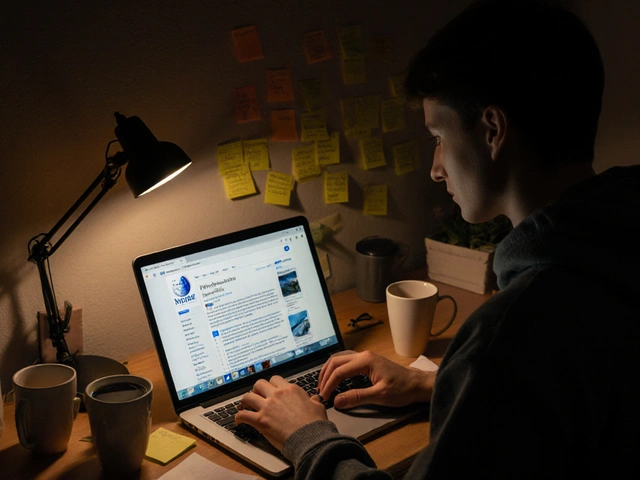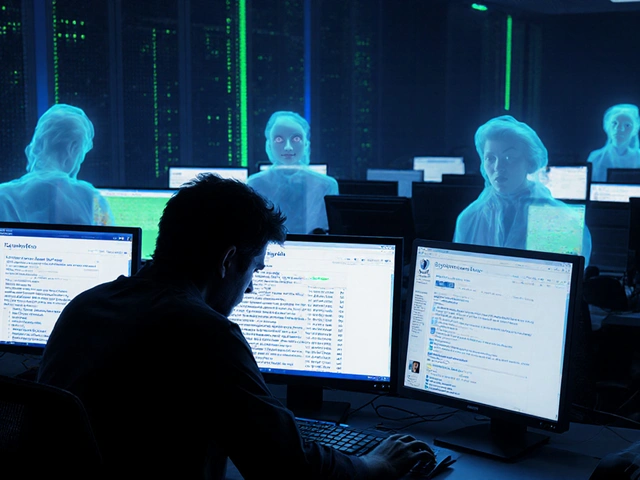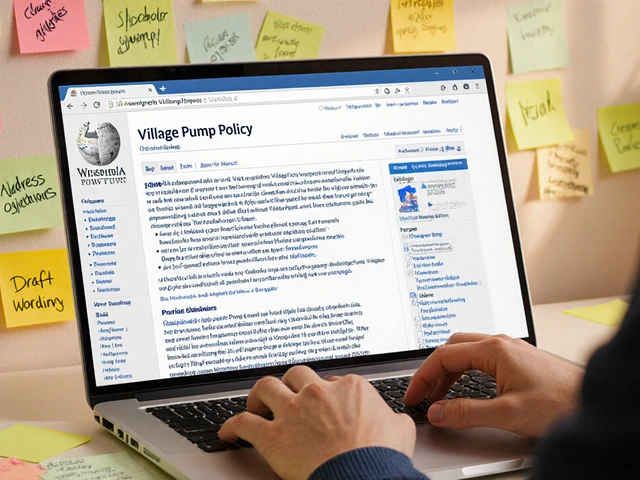Primary Source: What It Means on Wikipedia and Why It Matters
When you see primary source, an original document or direct evidence created at the time of an event. Also known as firsthand account, it includes things like diaries, raw data, interviews, court records, or original research papers. But on Wikipedia, using a primary source alone is like building a house with only bricks—you’ve got the material, but no blueprint. Wikipedia doesn’t ban primary sources outright, but it strongly prefers secondary sources, analysis, interpretation, or synthesis of primary material by experts. This includes books, peer-reviewed journals, and reputable news reports that explain, evaluate, or connect the dots. Why? Because anyone can write a diary. But a historian who reads ten diaries, compares them with official records, and writes a book about what it all means? That’s the kind of voice Wikipedia trusts.
Using a primary source the wrong way is one of the most common reasons edits get reverted. For example, if you cite a celebrity’s tweet saying they’re retiring, that’s a primary source. But if you cite a major news outlet that interviewed the celebrity, checked their contract, and confirmed the retirement, that’s a secondary source—and that’s what sticks. Wikipedia’s goal isn’t to report every raw fact; it’s to report what reliable experts agree is true. That’s why reliable sources, materials with editorial oversight and fact-checking processes are the backbone of every article. Even a well-written Wikipedia article can collapse if it leans too hard on original research or unverified claims, no matter how exciting they sound.
It’s not just about rules—it’s about fairness. Primary sources often reflect bias, incomplete perspectives, or personal agendas. A company’s press release isn’t the same as a journalist’s investigation into that company’s practices. Wikipedia’s policies exist to stop misinformation from sneaking in under the guise of "truth." That’s why editors spend hours tracking down journal articles, library archives, and verified reports—not because they hate speed, but because they care about accuracy. The primary source isn’t evil. It’s just not enough on its own. You need context. You need verification. You need someone else to say, "This matters, and here’s why." And that’s exactly what the posts below show: how real editors navigate this balance every day, avoid common traps, and build articles that last.
Challenges Journalists Face When Using Wikipedia as a Primary Source
Journalists often rely on Wikipedia for quick facts, but using it as a primary source risks spreading misinformation. Learn why it's dangerous and how to use it responsibly.







